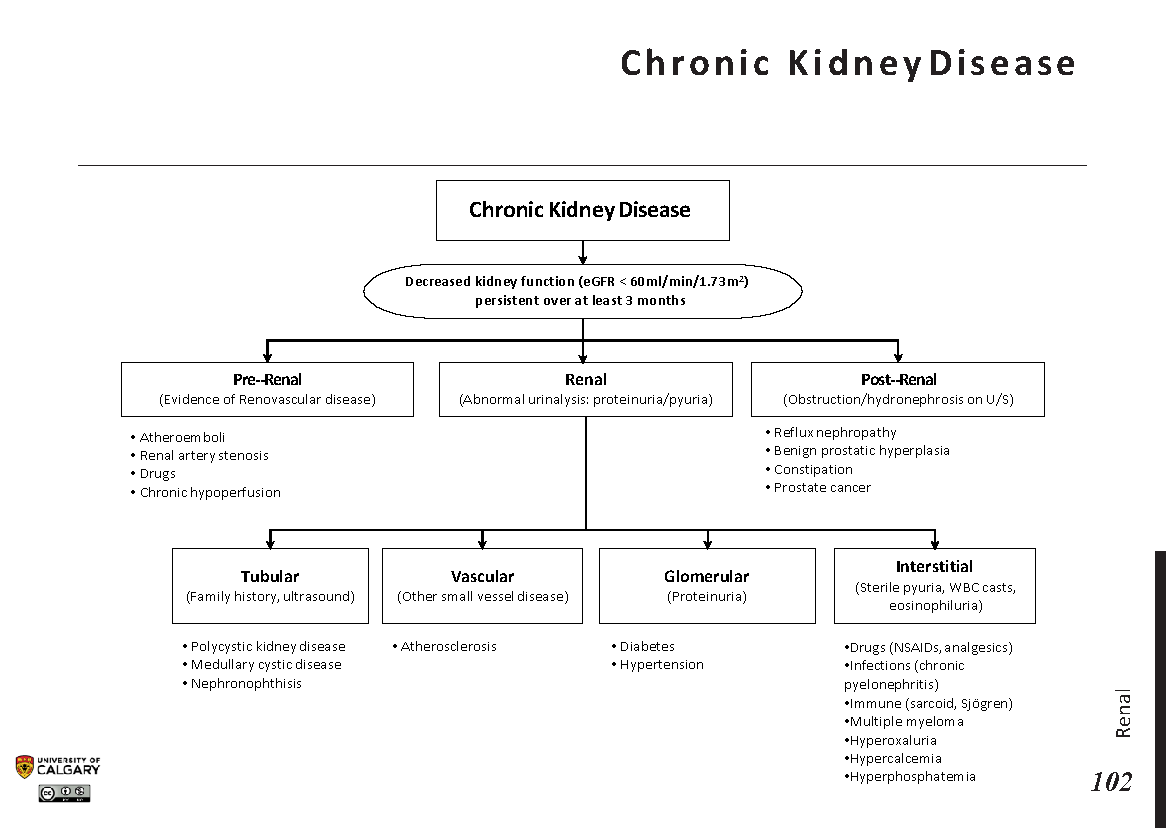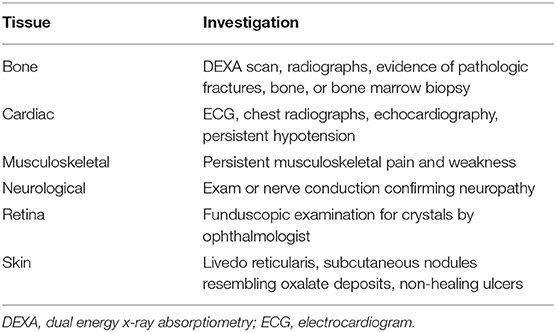Hyperoxaluria, often abbreviated as HO, is a medical condition characterized by excessive levels of oxalate in the urine. Oxalate is a naturally occurring compound found in many foods and is also produced by the body. While small amounts of oxalate are normal, excessively high levels can lead to serious health issues, including kidney stones and kidney damage. This article delves into the causes, symptoms, and treatment options for this condition.

Understanding Hyperoxaluria
Hyperoxaluria occurs when there is an overproduction or impaired excretion of oxalate in the body. The condition can be classified into two main types based on its origin: primary hyperoxaluria and secondary hyperoxaluria. Each type has distinct causes, mechanisms, and implications for health.
Primary Hyperoxaluria
Primary hyperoxaluria is a rare genetic disorder that affects the way the body processes oxalate. It is caused by mutations in specific genes responsible for regulating oxalate metabolism. There are three known types of primary hyperoxaluria:
- Type 1: Caused by a deficiency in the enzyme alanine-glyoxylate aminotransferase, which leads to the accumulation of glyoxylate, a precursor to oxalate.
- Type 2: Results from a deficiency in the enzyme glyoxylate reductase/hydroxypyruvate reductase, leading to increased oxalate production.
- Type 3: Associated with mutations in the HOGA1 gene, which disrupts the breakdown of hydroxyproline, contributing to oxalate formation.
Individuals with primary hyperoxaluria often experience symptoms early in life, and the condition can progress rapidly if left untreated.
Secondary Hyperoxaluria
Secondary hyperoxaluria is not caused by genetic factors but rather by other underlying conditions or dietary habits. Some common causes include:
- Excessive intake of oxalate-rich foods such as spinach, rhubarb, nuts, and chocolate.
- Gastrointestinal disorders like Crohn’s disease or short bowel syndrome, which impair fat absorption and increase oxalate absorption in the intestines.
- Vitamin B6 deficiency, as this vitamin plays a role in reducing oxalate production.
- Chronic kidney disease, which reduces the kidneys’ ability to excrete oxalate effectively.
Unlike primary hyperoxaluria, secondary hyperoxaluria may develop later in life and is often manageable with lifestyle changes and medical interventions.
Symptoms of Hyperoxaluria
The symptoms of hyperoxaluria vary depending on the severity of the condition and the presence of complications. In many cases, individuals may remain asymptomatic until significant damage has occurred. However, some common signs and symptoms include:
Kidney Stones
One of the hallmark symptoms of hyperoxaluria is the formation of kidney stones. These stones are composed of calcium oxalate and can cause severe pain in the back, abdomen, or groin. Other associated symptoms include:
- Blood in the urine
- Frequent urination
- Painful urination
- Nausea and vomiting
Kidney Damage
Prolonged exposure to high levels of oxalate can lead to kidney damage, a condition known as nephrocalcinosis. This occurs when calcium oxalate crystals accumulate in the kidney tissue, impairing its function. Symptoms of kidney damage may include:
- Swelling in the legs, ankles, or feet due to fluid retention
- Fatigue and weakness
- Decreased urine output
- High blood pressure
Systemic Oxalosis
In severe cases, particularly with primary hyperoxaluria, oxalate can deposit in tissues throughout the body, a condition known as systemic oxalosis. This can affect various organs, including the heart, eyes, bones, and skin. Symptoms may include:
- Bone pain and fractures
- Vision problems
- Heart rhythm abnormalities
- Skin ulcers or rashes
Treatment Options for Hyperoxaluria
The treatment of hyperoxaluria depends on the type and severity of the condition. Early diagnosis and intervention are crucial to prevent complications and improve outcomes. Below are some common treatment strategies:
Dietary Modifications
For individuals with secondary hyperoxaluria, dietary changes can play a significant role in managing the condition. Reducing the intake of oxalate-rich foods and increasing hydration can help lower urinary oxalate levels. Some recommended dietary adjustments include:
- Limiting consumption of high-oxalate foods such as spinach, rhubarb, and nuts.
- Incorporating more calcium-rich foods into the diet, as calcium binds to oxalate in the intestines and prevents its absorption.
- Increasing fluid intake to produce at least 2.5 to 3 liters of urine per day, which helps dilute oxalate concentrations.
Medications
Several medications can be prescribed to manage hyperoxaluria, particularly in cases where dietary changes alone are insufficient. Commonly used medications include:
- Pyridoxine (Vitamin B6): This vitamin is effective in reducing oxalate production, especially in individuals with primary hyperoxaluria type 1.
- Phosphate and Magnesium Supplements: These supplements can help bind oxalate in the intestines and reduce its absorption.
- Thiazide Diuretics: These medications decrease calcium excretion in the urine, reducing the risk of kidney stone formation.
Dialysis and Transplantation
In advanced cases of primary hyperoxaluria, where kidney function is severely compromised, dialysis or organ transplantation may be necessary. Dialysis helps remove excess oxalate from the blood, while transplantation can restore normal kidney function. In some cases, combined liver and kidney transplantation is required, as the liver is the primary site of oxalate production.
Emerging Therapies
Recent advancements in medical research have led to the development of novel therapies for hyperoxaluria. One promising approach is the use of enzyme replacement therapy, which aims to correct the metabolic defects responsible for oxalate overproduction. Another emerging treatment involves the use of RNA interference technology to target specific genes involved in oxalate synthesis.
Preventing Complications
Preventing complications is a key aspect of managing hyperoxaluria. Regular monitoring of urinary oxalate levels and kidney function is essential to detect any changes early. Additionally, adopting a proactive approach to health can help minimize the risk of kidney stones and other complications. Some preventive measures include:
- Maintaining adequate hydration by drinking plenty of water throughout the day.
- Avoiding dehydration, especially during hot weather or physical activity.
- Following a balanced diet that supports overall kidney health.
- Seeking prompt medical attention for symptoms such as severe pain, blood in the urine, or changes in urination patterns.
Living with Hyperoxaluria
Living with hyperoxaluria requires ongoing management and vigilance. Individuals with this condition often need to work closely with healthcare providers, including nephrologists, dietitians, and genetic counselors, to develop a personalized care plan. Support groups and patient advocacy organizations can also provide valuable resources and emotional support for those affected by hyperoxaluria.





